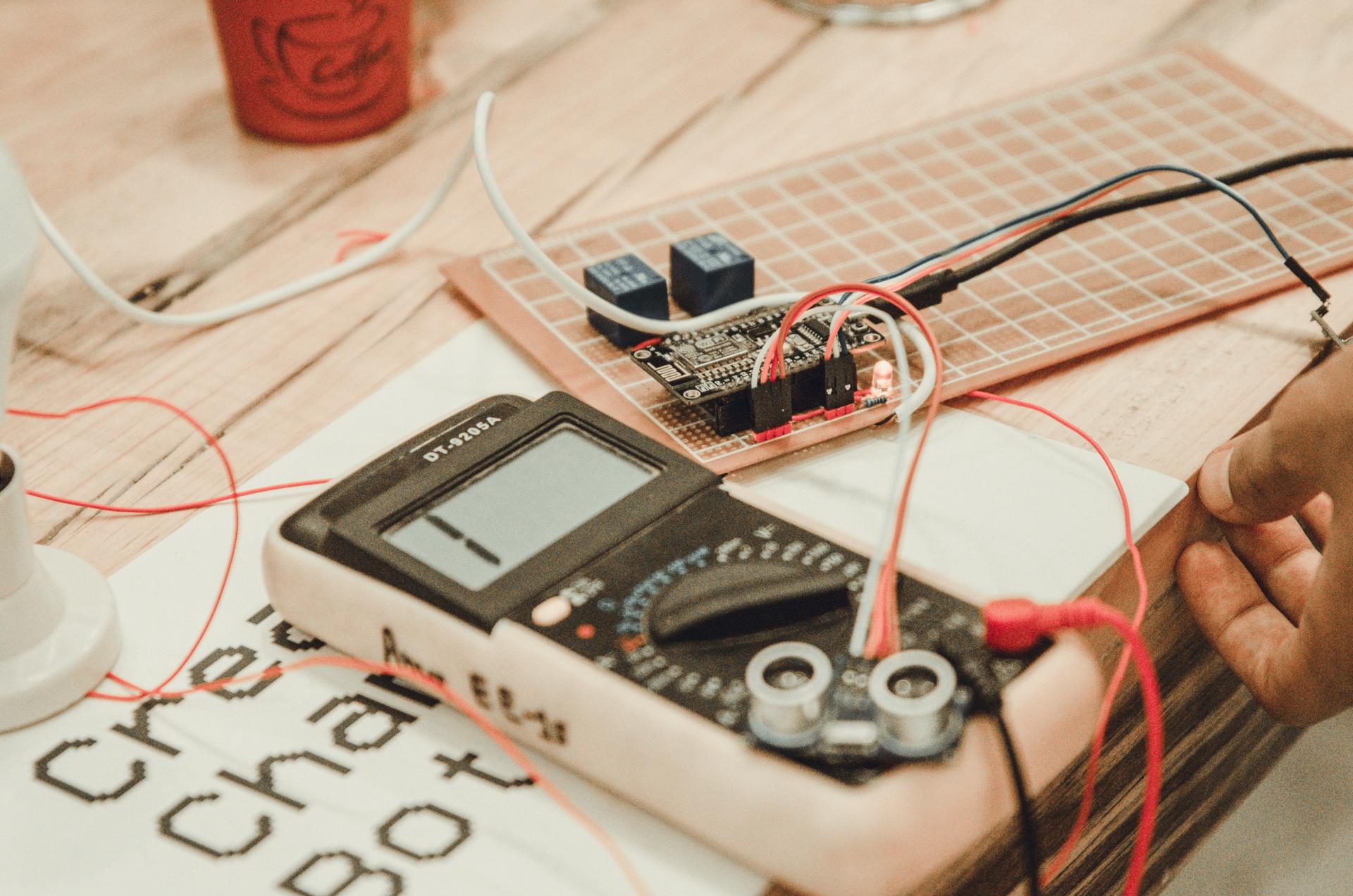Conducting an Electrical Security Test in Your Home: The Ultimate Guide

When it comes to home security, one of the primary areas to think about is the safety of electrical wiring. Testing for electrical safety is the process of evaluating the electrical system within your home to make sure that it’s safe and current. In this article we’ll provide information on what electrical safety tests are, the tools you’ll need to conduct them, the best method to conduct the tests and what warning signs you should be aware of.
What’s what is an Electrical Safety Test?
An electrical safety test is the procedure of examining the electrical system inside your home to ensure that it’s functioning safely and correctly. The importance of electrical safety tests is as they help to prevent electrical accidents and fires and also ensure the long-term durability that your electric system has.
Equipment Required to conduct an Electrical Safety Test
For conducting an electrical safety test you’ll need some essential equipment. They include a voltage tester, a continuity tester, a circuit tester, and the outlet tester. It is utilized to check for live circuits, whereas the continuity tester checks for broken circuits. The circuit tester is used to look for wiring issues, and outlets testers are used to detect electrical issues in outlets. It is crucial to use these tools correctly to get accurate results.
How do you conduct an electrical Safety Test
To conduct the electrical test in your home Follow these steps:
Shut off the power supply to the circuit you’re conducting tests on.
Utilize your voltage tester to look whether there are live circuits.
Make use of the continuity tester to look for broken circuits.
Use the circuit tester for checking for any wiring issues.
Use the outlet tester to check for wiring problems in the outlets.
During the testing process make sure you look for any evidence of wear or damage on the wires that could indicate frayed or broken wires, burn marks, and loose wires. If you spot any problems that need attention, you must address the issues as soon as you can to prevent potential hazards.
The Signs of Electrical Issues to Watch Out For
There are many indicators that may indicate electrical problems in your home. They include flickering light bulbs frequently tripping the circuit breaker and crackling or buzzing sounds emanating from outlets, hot or discolored outlets and a smell of burning. If you observe any of these warning indicators, you must act immediately to prevent potential electrical hazards.
Conclusion
Safety tests for electrical appliances are essential to ensure your safety and family. By conducting regular tests and taking care to address any issues immediately you will be able to prevent hazards to electrical equipment and extend the life of your electrical system. If you require assistance in electrical repairs or testing Don’t hesitate to reach out to Local Adelaide Electricians. Our experienced team can offer you expert advice and assistance. Contact us via 1300 989 136 to schedule an appointment or request a quote.
FAQ Section
How often should I conduct an electrical safety test in my home?
We suggest conducting safety tests for electrical equipment at least once a year.
Can I perform an electric safety check on my own or do I need a professional?
Although it’s possible to conduct the electrical test on your own however, it’s advised to employ a professional to ensure accurate results and avoid potential hazards.
Which are the top frequently encountered electrical problems that can be found in an electrical safety test?
The most frequent electrical issues found during a safety test include faulty wiring, overloaded circuits and outdated electrical systems.
What should I do if I discover a problem in the electrical safety test?
If you discover a problem when you conduct the electrical safety check It is crucial to take action immediately. This may involve making contact with an experienced electrician to address the issue, or replacing faulty equipment.
